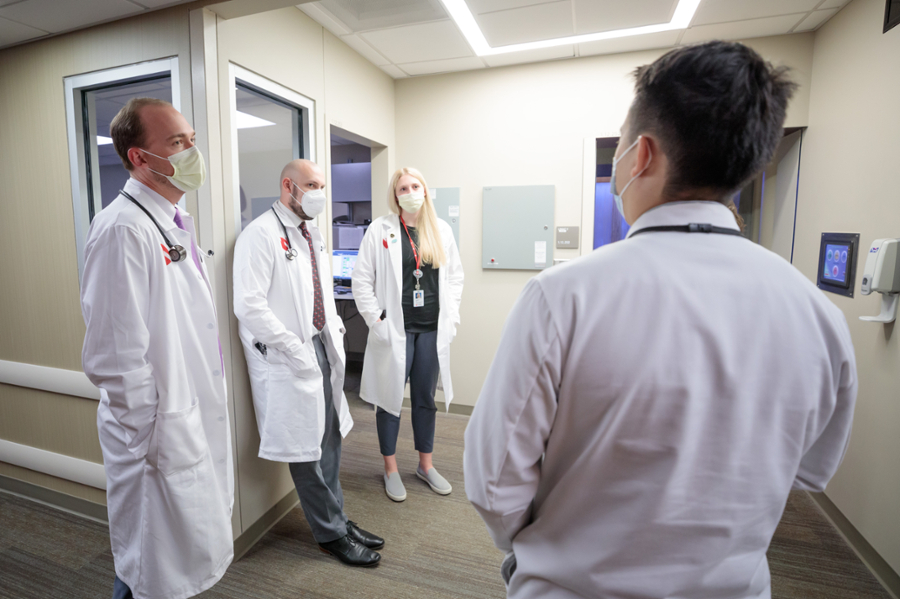Curriculum

Educational Components
- Residents are required to audit Clinical Oncology I and Clinical Oncology II taught by the physician faculty in the department.
- Residents are recommended to audit Sectional Anatomy and Pathology I and Sectional Anatomy and Pathology II.
- If residents demonstrate a deficiency, they are also required to audit Radiation Therapy Physics.
Residents are encouraged to initiate their own clinical research projects or work on research projects under the supervision of staff physicists. The research project requirement is optional and shall not compromise the residents’ clinical training. Projects can be initiated any time during the residency, as long as the clinical training objectives are met and the training requirements are fulfilled. Many past residents have published manuscripts and successfully presented their research at local and national conferences.
Residents are required to attend educational conferences, lectures, and meetings that regularly take place within the UNMC campus and attendance must be documented by the residents.
“As a physics resident at UNMC, your opinions are heard and valued by physicists, therapists, nurses, and physicians, and your responsibilities are more on par with those of a staff physicist. This respect and responsibility allows for incredible growth as a professional in the medical physics field.”

Tyler Diener, resident 2016-2018
Senior Medical Physicist, Varian Medical Systems